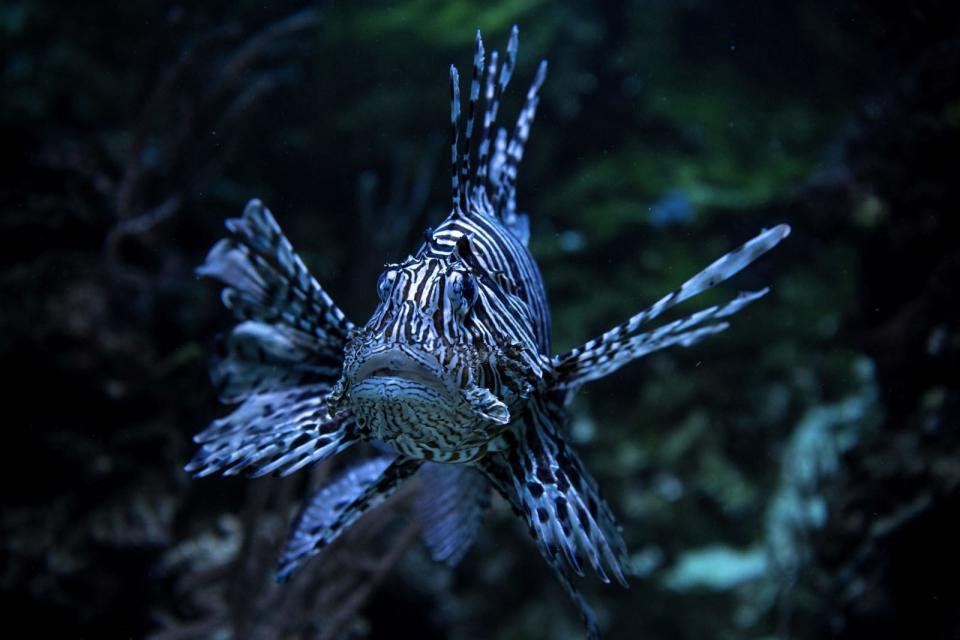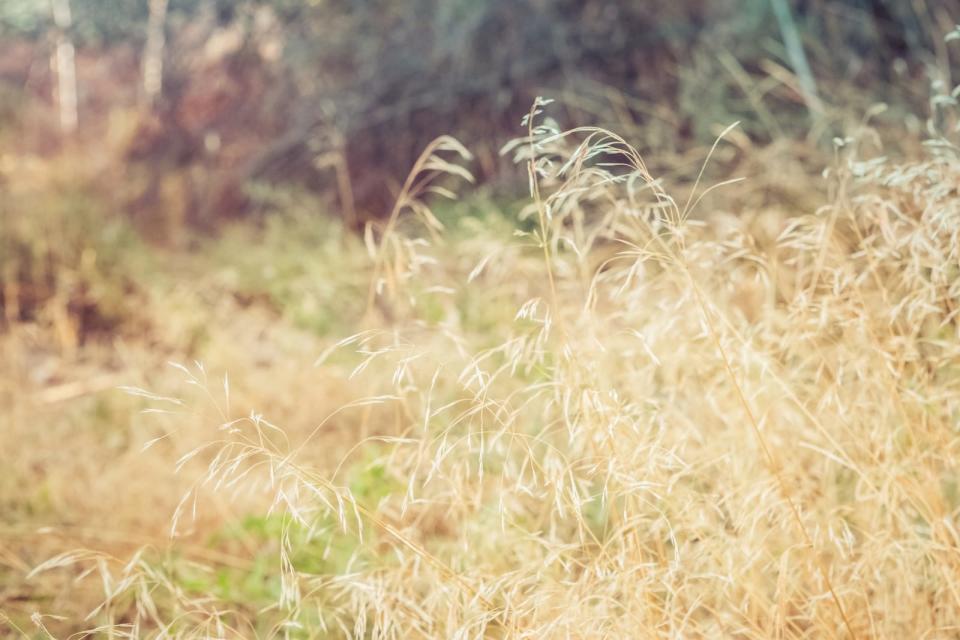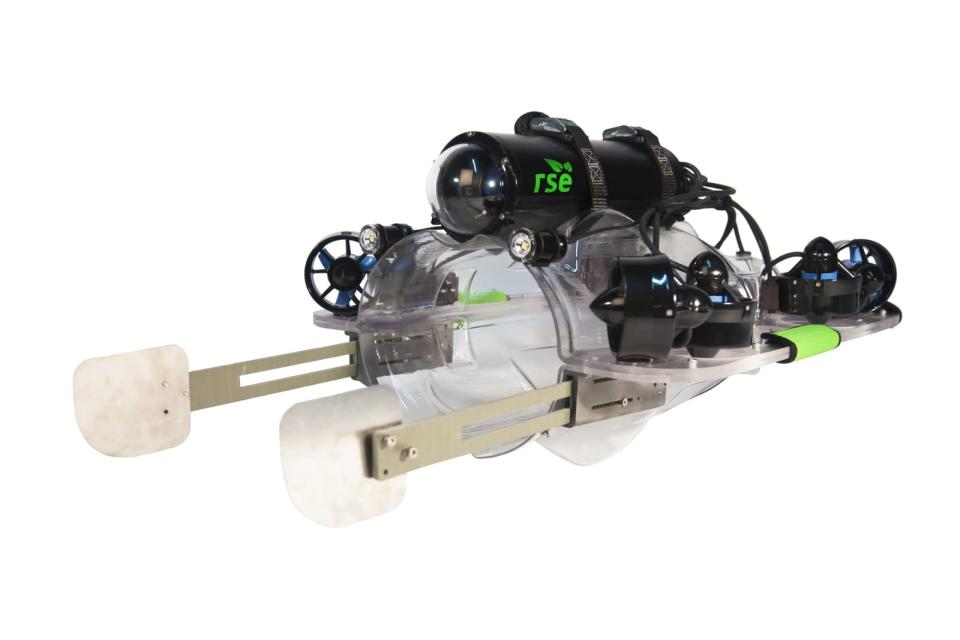How conservationists are controlling invasive species in the 21st century
Of course we hunt them with robots.

When humans colonized islands throughout the Pacific some 2,000 years ago, rats came along for the ride. The introduction of those rodents proved disastrous for the local island exosystem, a pattern than unfortunately continues to this day with no sign of slowing. Conservationists are now experimenting with high tech solutions to help keep invasive species in check.
The damage inflicted upon local systems is staggering both economically and ecologically. Invasive species, defined as those plants and animals imported through human action and which cause harm, account for an estimated $100 billion in damages to the US economy every year.
"A staggering amount," Dr. Daniel Simberloff, Professor of Environmental Science at the University of Tennessee, told Engadget. "And that's only in terms of impact to market: things like agriculture, or timber, or our seafood." Globally, estimates are closer to the tune of $1.5 trillion. These losses come largely from agriculture where producers are forced to spend money on herbicides and pesticides,
The impact on the local plant and animal life is even more dire. "Invasive species are the second leading cause of endangerment" behind habitat destruction, Dr. James Byers, Professor of Ecology at the University of Georgia, explained to Engadget. And it's not always a case of the newcomers predating or parasitizing native species. They can fundamentally alter the way in which the environment itself operates. An introduced plant species able to fix nitrogen can choke out native plants if they're not similarly capable, by making the area habitable for nitrogen-consuming species which in turn outcompete the natives for space and resources.

It should be noted that not all foreign species are considered invasive. In fact, exotic plants and animals make up a large portion of the American diet. Those Georgia peaches on your plate originated in China, the wheat in your Wheaties was first cultivated in Turkey. It's only when an introduced species grows out of balance with the local system and begins causing damage that they're deemed invasive.
One low tech solution could simply be eating the invasive species into ecological balance. Groups like Eat The Invaders encourage the public to literally dig into this problem.
Take the lionfish, for example. It's a venomous and voracious predator native to the Indo-Pacific that flourished once introduced to the nutrient-rich, predator-free waters off the Florida coast. Lionfish have since decimated local marine life throughout the Caribbean, the Gulf of Mexico, and up the Atlantic seaboard.

In response, iRobot CEO Colin Angle and his wife, Erika (CEO and Co-founder of Ixcela), launched a non-profit to apply automation to environmental tasks. The result is the Guardian LF1, a remote controlled submersible lionfish hunter. It scours reefs in search of its spiky prey and upon discovering a lionfish, the LF1 will stun it and suck it into a live holding pen. It even features a visual recognition system to help identify them. Topside, lionfish can fetch up to $8 a pound and are increasingly being found on menus throughout the region.
Efforts are also underway by the NOAA to develop a dedicated lionfish trap. As Simberloff explains, the traps will be equipped with visual recognition systems similar to those aboard the LF1 and "will be activated only when a lionfish comes across it."
Unfortunately, we'll likely never be able to eat our way clear of the lionfish invasion. Eradication efforts are rarely successful and typically require they be employed before an invasive species has a chance to make a beachhead. One notable example of this occurred in 1999 in Australia's Darwin Bay. Researchers discovered a small, recently arrived colony of invasive black-striped mussels in the bay's Cullen Cove. This species is native to the Caribbean and can grow in clumps up to 15 cm thick. Within nine days of the colony's discovery, crews sealed off the 600-megaliter marina before pouring in 160 metric tons of chlorine bleach and 54 tons of copper sulfate. The toxic cocktail annihilated every living organism in the area.
Luckily, desperate scorched earth methods like this are rare and becoming more so as advances in genetics, telecommunications and automation provide new methods that target specific species. These can be as simple as employing Judas goats -- outfitting one with a tracking collar to lead hunters back to the herd -- or as complex as genetically modified "Mata Hari" goats like those employed on Santiago Island in the Galapagos.
Methods could also include intricate traps like the Boar Buster, an 18-foot-wide feral hog cage equipped with an LTE camera and smartphone app that drops from overhead to capture entire sounders at the tap of your finger.
Feral pigs are especially problematic throughout Texas and the American Southeast. "People don't realize that wild pigs are voracious predators," Jack Mayer, a biologist with the Savannah River National Laboratory, told NPR in 2017. "They will run down and kill and eat lamb, sheep, goats, calves, domestic chickens." Their numbers have exploded over the past three decades with more than six million hogs living free in 35 US states and causing an estimated $1.5 billion in damage every year.
But rather than bait traps or scour the countryside for the surprisingly elusive animals, Kelly Williams, a biological science technician at the National Wildlife Research Center, devised a way to track them by their DNA. Everytime a feral hog wallows in mud or sloppily drinks from a puddle, it's sloughing off skin cells, saliva, and hair. These little flakes of genetic code can be detected up to a month after the animal shed them thanks to Williams' new technique.
Ecologists and park rangers then simply collect and analyze a water sample to know whether feral hogs have been through the area recently. That information can help optimize resources in hunting them.
Even more difficult to spot than a feral hog on the lam is a Burmese Python in the Everglades. First introduced to the US by private collectors, Burmese Pythons first became an issue in the 1980s but their population erupted in the aftermath of Hurricane Andrew in 1992. These apex predators have caused inconceivable amounts of damage on Florida's ecosystem.
A 2012 USGS study found that since 1997 the number of raccoons in the Everglades declined by 99.3 percent, opossums 98.9 percent and bobcats 87.5 percent. There are effectively no more marsh rabbits and foxes because the snakes -- like this 17-footer they just pulled out of Big Cypress National Preserve -- literally ate them all.
Pythons are especially difficult to track because of their effective natural camouflage. Additionally their cold blooded nature means thermal imagers struggle to spot them. However, a new spectral resolution camera in development by the University of Florida and the University of Central Florida finds pythons by looking for LED light reflected off their skin. The camera is attached to a 10-foot tuna pole (itself strapped to a python-hunter's vehicle), but the team eventually hopes to mount the system on a UAV and develop a machine learning algorithm to autonomously detect the snakes.
The mobile web and social media are also playing an outsized role in the battle against invasive species. "In the 1980s, you might see an article in a newspaper once in a while about a very specific species," Simberloff said. Today, citizen scientists can not only learn about the environmental issues in their backyards but actively effect positive change.
Simberloff points to a popular mobile app, Seek from iNaturalist. "People can use it if they see something that they've never seen before and think it might be non-native," he said, "they can take a picture of it, and send it right away to a site where experts will look at it" and tell them whether it is indeed invasive.
Byers notes that while modern connectivity is largely beneficial, it can also exacerbate tensions between competing positions. "I think now that there's more awareness of that, [but it is] a double edge too." He said. "there's a lot of animal rights groups that will sometimes object to culls and harvests... Sometimes social media can work in the animal rights groups favor and they'll create too much public pressure."
Controlling the populations and impacts of exotic species is only going to get harder in the coming years as the effects of climate change and global warming continue to amplify. Native plants and animals face added environmental pressure while concurrently staving off new competitors. New competitors, mind you, who will see ever growing habitable ranges in which to spread. Byers calls it the Carribean creep, the effect by which warming ocean waters enable lionfish to spread further and further north, at least until a cold snap temporarily knocks them back.
But it's not just the plants and animals that will be moving, it's humans too. When the Polynesians spread across the Pacific two millennia ago, they brought their lives with them -- including pigs and chickens (and possibly, intentionally, rats) as food sources. Humans of the 21st century, when faced with necessary migration will do the same -- they'll bring their livestock, food grains (not to mention parasites, pests, bacteria, and viruses) with them.
There's no magic bullet, technological or otherwise, that will be able to fix the environmental damage once that happens. At least none that we've discovered yet. As Simberloff notes, "That's that's the whole matter of human ingenuity. You don't know exactly what the next brilliant, totally different idea is going to be, right?"

